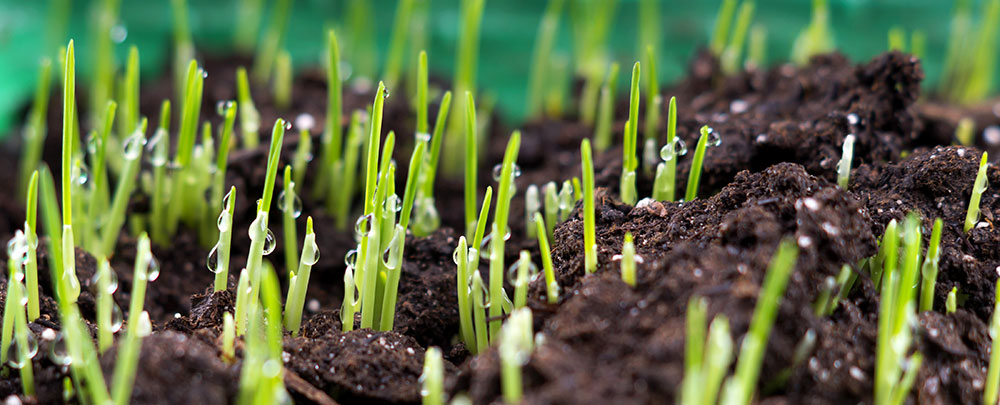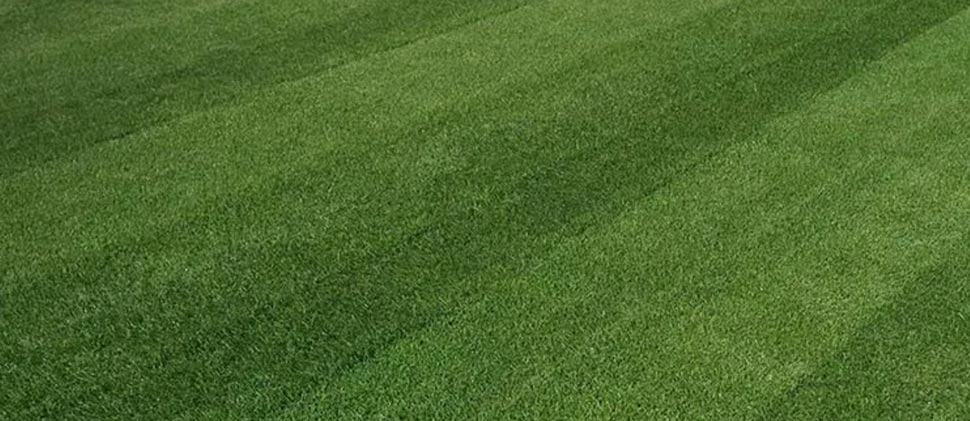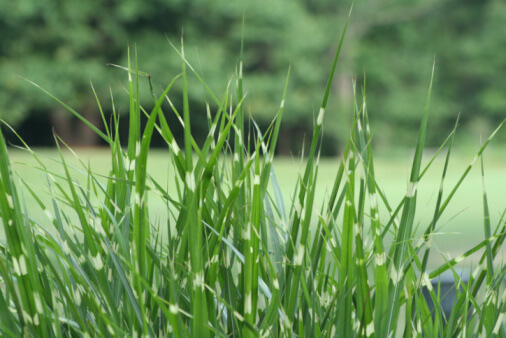Tips for Planting Grass in the Fall
With milder temperatures and improved moisture, fall is the perfect time for planting many types of grasses. Follow these fall grass planting tips to establish a lush, healthy lawn.
Should You Be Plant Grass in the Fall or in the Spring?
The answer depends on the type of grass seed you’re planting. Early fall is the best time to plant cool-season grasses, such as Fescue, Rye and Bluegrass. These grasses grow best when the temperature is between 60-80 degrees Fahrenheit, and benefit from the shorter days and cooler nights. There is also less competition from crabgrass and foxtails.
Warm-season grasses, on the other hand, are best planted in late spring/early summer, after the last frost date. These include Bermuda, St. Augustine and Zoysia.
Timing Is Everything
The best time for fall grass planting is right around Labor Day. This will give the new seedlings enough time to get established before winter, while avoiding the hot summer temps.
Keep an eye on the weather forecast. A heat wave or cold snap will make it difficult for newly planted seeds to germinate. Rain showers will help get your seeds off to a strong start, but if you plant just before a line of heavy thunderstorms moves in, you may find your seeds washed away in the downpour.
Also take into consideration any weed control products you’ve used in the planting area. Check the product label to ensure that you allow an adequate waiting period before seeding.

Prepare the Soil
Follow these three steps to create an ideal growing environment for your grass seeds:
- Remove all debris, wood or stones from the planting area.
- Use a spade and garden rake to scratch the soil 1-2 inches at the surface. If your soil is compacted or has large amounts of clay, you’ll need to go a step further and till the soil to allow for proper drainage.
- Add seeding soil to the top of your existing soil and smooth it out with a landscape rake. Make sure you fill in any sunken areas and level out any higher areas, making the planting surface as even as you can. Ideally, you want about 3 inches of good, rich soil for the seeds to take root in. If you choose not to use seeding soil, which contains fertilizer, you can instead add starter fertilizer on top of your existing soil using a spreader.
Plant the Seeds
A healthy lawn starts with good seed, so purchase the highest quality seed you can afford.
Measure the planting area, and refer to the seed packaging for the amount to use per square foot. As a general rule, you’ll need about 4-8 lbs. per 1000 square feet. It may be tempting to apply extra seed in order to get a thicker lawn right away, but this harms more than it helps. It leads to overcrowding as the grass matures, choking growth.
A spreader is required for uniform growth of the new grass. Use a broadcast spreader or drop spreader on large areas for uniform coverage. For small areas, you can use a hand spreader.
Expedite Germination
Following these three steps will help protect the seeds and encourage sprouting:
- Use a lawn roller weighted with water or sand to tamp the seed down. This helps prevent erosion, as well as birds eating the seeds. Many lawn & garden and home improvement stores have lawn rollers available to rent.
- Mulch with a thin layer of straw to help protect the seeds from washing away in heavy rainfall. Don’t use too much—you should be able to see the seedbed through the mulch. On slopes, you may want to use a seed mat for extra protection.
- Sufficient watering is the most important factor in a successful fall grass planting. The soil should remain moist throughout the germination process, and you should water enough that you get soil penetration of 6-8 inches. Morning and night are the best times for watering. If you’re experiencing a dry fall, you may need to water 3-4 times a day. Water with a gentle sprinkler or hand sprinkler to avoid washing away the seeds. Don’t rush—the water needs time to soak into the ground, or you’ll end up with a lake in your yard.
Once the Grass Sprouts
Cool-weather grasses usually sprout within two weeks. If it’s been more than two weeks and there are few or no grass sprouts, you’ll need to reseed and try again.
Once seedlings are visible, continue your daily watering schedule until the grass is about a half-inch high.
Once the grass it tall enough to mow, reduce the watering to a rate of 1 inch per week. At this stage, it’s more important to water deeply and less frequently than to water every day. This will help the roots establish, so your grass will be ready to survive the coming winter.

If you have questions or would like help with your fall grass planting, contact the experts at Reddi Lawn Care at 316-858-0736 today.
Resources found on our website are provided as general guidelines, and Reddi Industries does not assume any liability resulting from the provided information.

